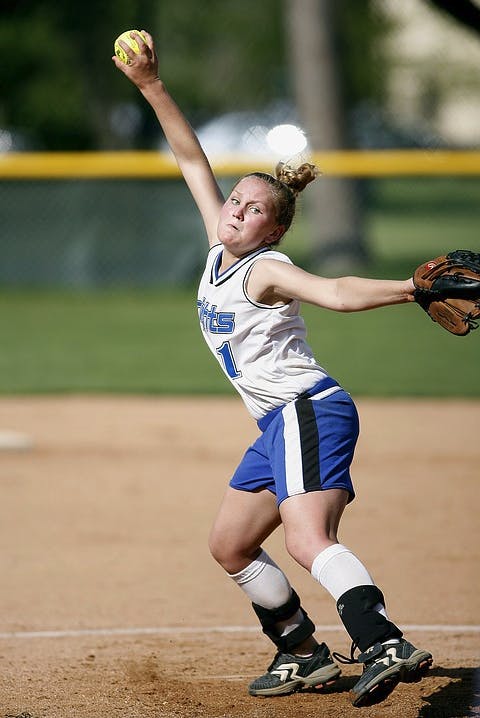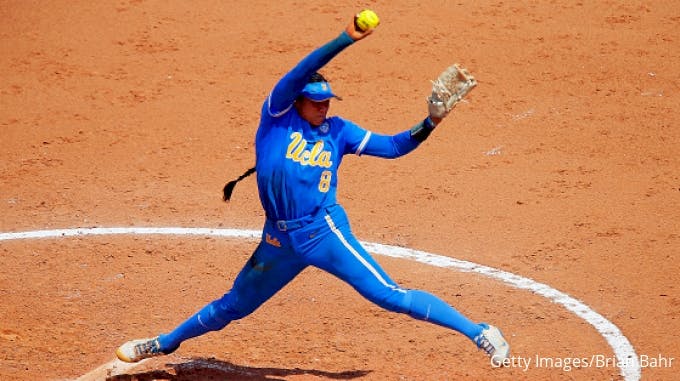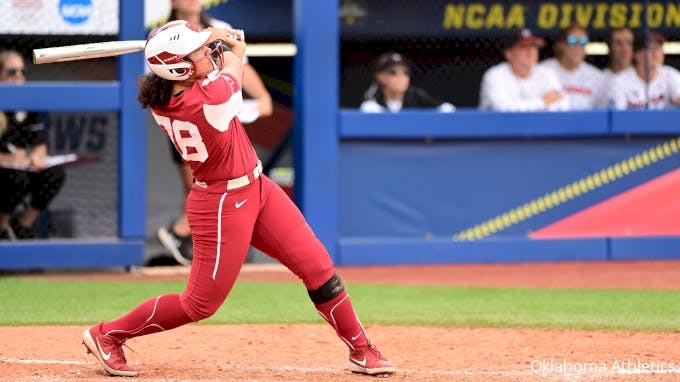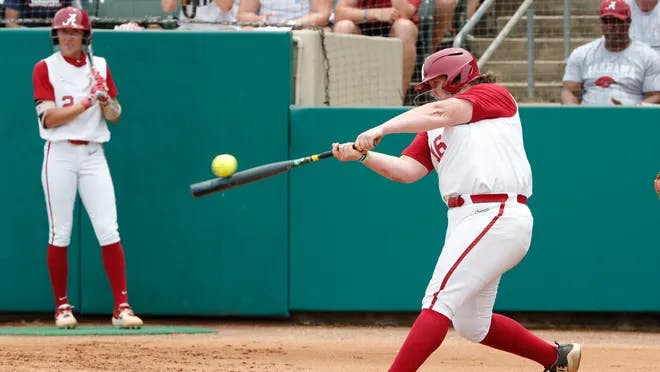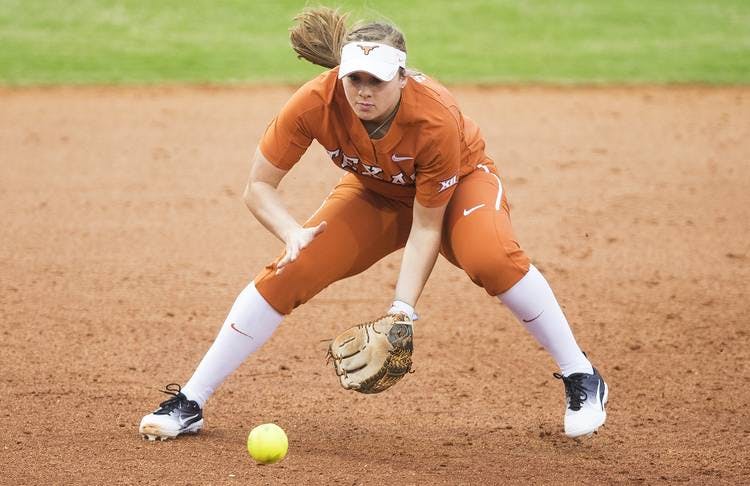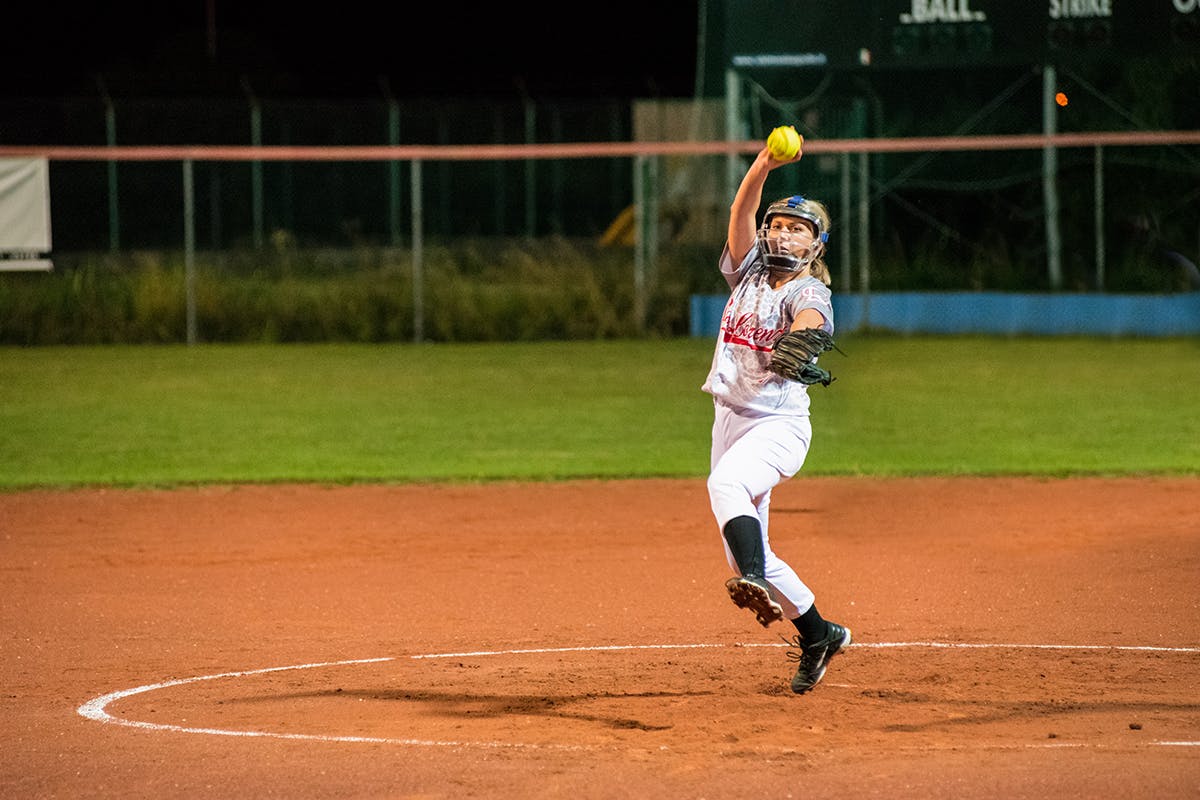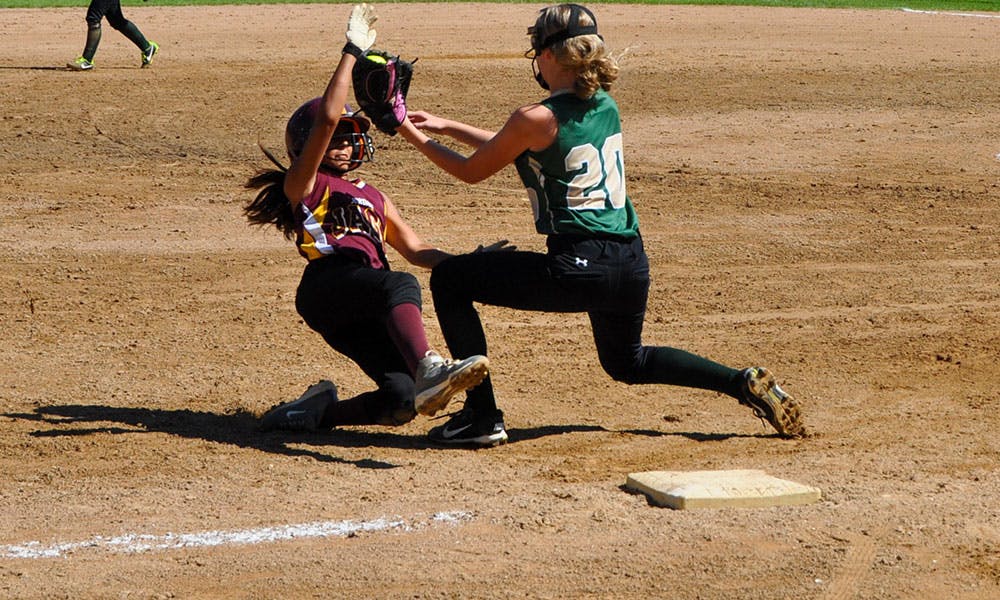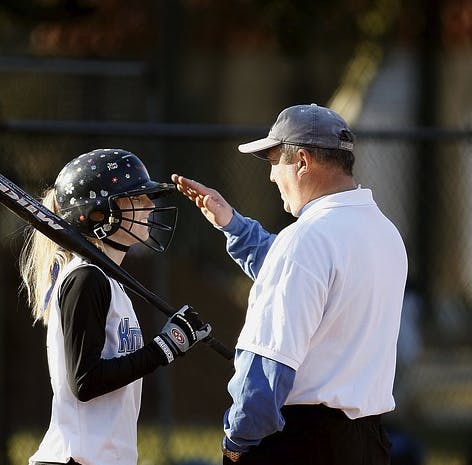Getting started as a softball pitcher is certainly something that’s easier said than done. At the same time, it shouldn’t be confused with the techniques and strategies utilized on the baseball side. It requires a different approach and of course, plenty of practice. In this article, I’ll walk you through some of the basics of fastpitch softball pitching. Whether you’re a coach, parent, or player, these points will help start you on the path to success.
Mechanics
First and foremost, mechanics are critical. This can’t be stressed enough. Without the proper mechanics, you’re not only going to struggle to find success on the field, but there is an increased susceptibility to injuries later on down the road. While mechanics is a broad term and could easily fill an article by itself, I wanted to stress the primary points here.
Stretching - Something as basic as stretching is ignored countlessly by young athletes. The truth is without an appropriate stretching routine, don’t be surprised when you see shoulder injuries pop up later on.
Proper Stance - Stand straight and tall with your shoulders back. The foot on your throwing arm side will be placed in front of the pitching rubber with the glove-side foot behind the rubber. As a side note, keep in mind that a lot of leagues and associations specify how much of the foot can be touching the rubber.
Backswing - A common misconception is that the speed or height of your backswing is truly what’s generating the heat on the pitch. Yes, it might help a little, but the key is to work at a speed where you still feel comfortable and in control. Don’t rush it too much!
Arm Moving Forward - Here’s where you’re going to generate the majority of your speed. As you move towards your push-off foot, make sure you’re utilizing your body weight to transfer over more power.
Obviously, there’s more things involved in terms of the entire pitching process, but I wanted to be sure to highlight these items as they tend to be overlooked.
Proper Release
When you’re arm is moving towards the release point, try your best to keep the wrist back. This will allow you to whip it forward upon release. As you release the ball, keep your arm outstretched. Not completely straight, but no more than a little bend. Lastly, continue to stand tall throughout the process. Any bending of the knees will likely result in a loss of speed on the pitch.
Confidence
As is the case in nearly every other sport, confidence is critical to success. If you’re not confident in basketball, you’re not going to trust your shot. If you struggle with confidence in golf, you’re going to miss easy puts. Starting to get the point? Well, this is no different when it comes to fast-pitch softball, particularly for pitchers. Here’s a few tips to think about, whether you’re coaching up a young pitcher or are one yourself:
Don’t let one bad inning spoil your day. You’re going to have some bad games. No matter how good you are, it just happens. Even one of the greatest softball players of all time, Jennie Finch, had some not-so-great performances on the mound.
Learn from your mistakes. A tip that can be used in all walks of life is yet again a viable strategy for softball. If a pitch isn’t working early on in a game, try using some other options you have in your repertoire. It’ll even possibly keep your opponents a little off-balance later on in the game.
Practice Makes Perfect
It can’t be stressed enough the importance practice plays in pitching. If you want to be a successful softball pitcher, you need to have the entire process down to the point where you can consistently repeat it time and time again. The only way to do this is through continuously practicing. If you’re just starting out, work on throwing 10-15 pitches to the point where they’re all strikes. Then, gradually build up that pitch count. A second technique is to work on spins. Toss the ball in the air to yourself and focus on generating some spin on it. What may seem like a trivial exercise can be definitely beneficially is building the right techniques. In the end, the key to developing pitching skills is through careful instruction and constant practice!


